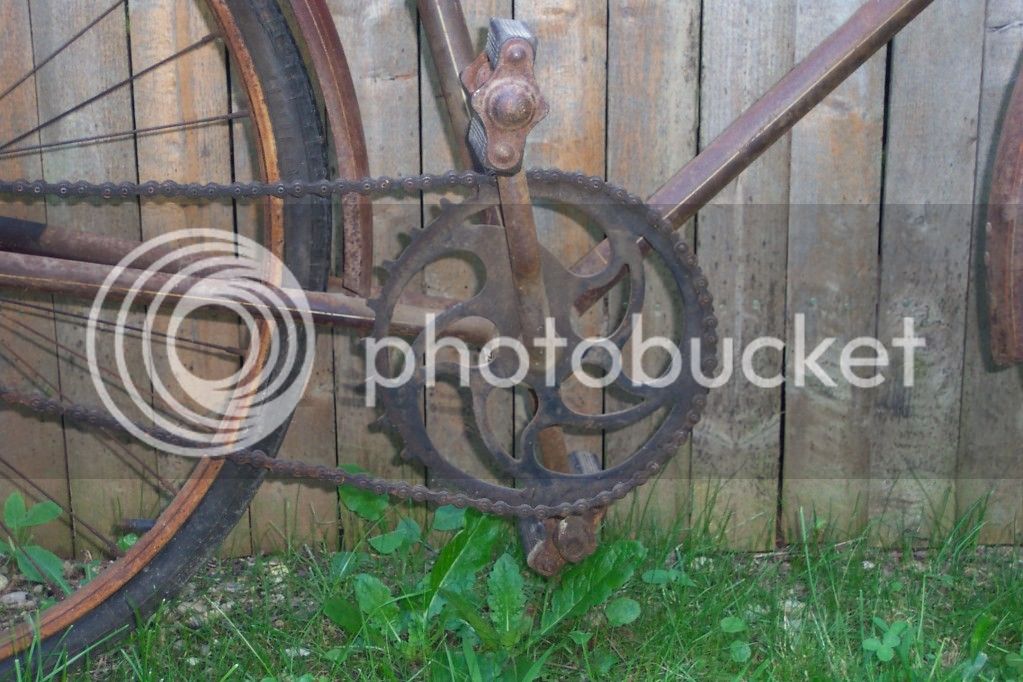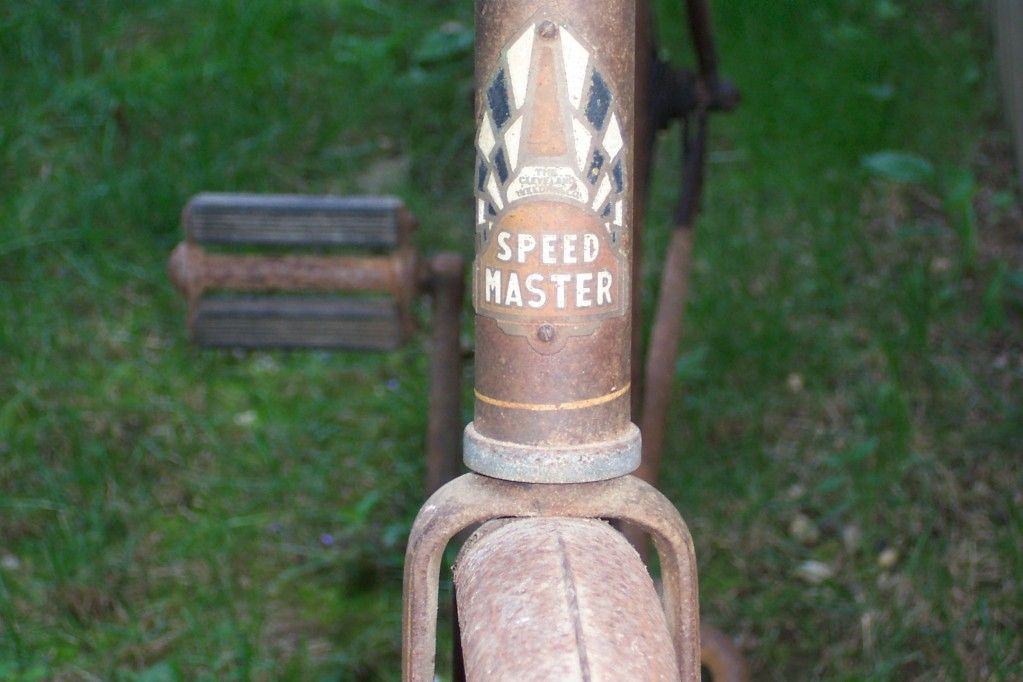Re: Speed Master ????? serial #
Your bike should be considered an early 1942 production model based both on the serial number and the black-out Parkerized components used to equip the bicycle.
The bike is from the second series of “A” serialed Cleveland Welding built bicycles which entered production as 1942 models (the first “A” series serial numbers date to 1935/36 and later “A” bikes were built in a number of different series through the postwar 40’s and 50’s.)
Western Autos based literature lists dates for the “A” bicycles they received as January 1942 to December 1943 but the actual factory production of these frames may date to between late 1941 and early 1942 as CWC generally discontinued manufacturing bicycles in February of 1942. (After that date completed bicycles left the factory built up from frames and parts on hand but that slowed to a trickle of generally less than 100 bicycles per month during much of 1943 based on production information I have received courtesy of the NBHAA.)
With that in mind your bike can be considered a U.S. Wartime production bicycle and that means it can be considered a fairly typical adult victory bicycle. Cleveland Welding was actually not a part of the overall victory program but, like many other manufacturers, they had initiated a lightweight model line for 1939 that was meant to lure U.S. Adults back to cycling as a leisure time activity. With a lightweight line already in production it appears they stepped up production of the model when our involvement in the war became imminent. While the same bike was produced from late 1938 onward, all the versions I have recorded to date have been “A” series bikes in Maroon paint with varying degrees of black-out equipment. I don’t believe the lightweight line was revived when CWC returned to manufacturing bicycles (probably as early as 1944) more than likely due to the fact that filling the initial demand for balloon bicycles was well beyond production and materials capabilities.
Relating to this bike:
Speed Master was one of the many badge brands produced by Cleveland Welding.
CWC chain rings are often confused with Monark rings because of the pattern of the big and small comet cut into them. In reality they are not the same and CWC introduced the design first (In 1935 while Monark was still using a version of a Sweetheart ring.) Differentiating them is easy because CWC never produced this pattern in ½” pitch and Monark never produced a 1” pitch version of their chain ring.
Your bike looks very original including the handlebars. Many owners (in the day and today) would flip the bars to simulate a racing look but period literature will always show the bike with the bars upright in the standard touring position.


























































